Lee Noble is only happy when he’s making cars.
About 10 years ago, he was a big name, having built a unique reputation for creating individualistic and affordable supercars that were good enough to give big brands a headache. But around 2008, the business struck some pretty big bumps in the road, just as the supercar market started going south with the recession. Noble admits he had some bad years.
Now he’s smiling again, however, with a very different car project to get his teeth into, and a brand-new business model to put it on the road. It’s a simple, affordable, fun car, the kind of thing Noble believes is right for modern times. It’s the soul of simplicity although it still uses the core principles of his previous cars – lightness, durability, easy performance, resourceful design and classy dynamics.
With a uniquely wry brand of workshop humour, Noble has called his new creation the Exile Bug:R. ‘Exile’ because that’s the name he coined a year or two ago for a new supercar project yet to be launched; ‘Bug:R’ because that’s a word that came to him while facing a thorny part of the car’s construction. The second half of the name (Noble wryly observes) is something no other car maker is likely to want to fight him for.

The Bug:R is a new kind of raised, doorless sports car, much better than a classic beach buggy because it’s mid-engined and uniquely engineered, but with the same simple appeal. The engine is a standard 2.0-litre Ford Duratec with around 130bhp. Noble’s plan is to build about 50 a year and price them around £22,000, the final price depending to a small extent on stuff like the choice of wheels and colour, although there’s no plan to offer a lot of options. No doors, for instance.
You’ll order your car either online or directly from Noble, and you’ll probably meet him personally when you pick it up. He hopes you will, because that’s the kind of company he wants to run. There won’t be a dedicated British assembly plant: cars will be made in South Africa by Jimmy Price’s Superformance business, the same firm – slimmed post-recession – that part-made the 1500-odd Noble M12s that hit the market before 2009, although back then the engines were fitted here.
“I’ve learnt a lot from the M12 years,” says Noble. “I’m convinced we’re better off importing the cars fully built, and Jimmy can make ’em better than anyone.”
So far, there’s only one prototype, but the design is so simple, so strong, and depends so much on Ford-sourced components designed for a vehicle twice as heavy, that it has worked perfectly out of the box. Noble, famously capable in the workshop, has fabricated every Bug:R prototype piece himself, right down to the strikingly well-finished hand-laid glassfibre panels. He has already tested it within an inch of its life. “I’ve thrashed this car long and hard at Bruntingthorpe,” he says, “over gravel and big bumps, and flat out around the handling circuit. I can honestly say it’s the first car I’ve had when nothing – absolutely nothing – has gone wrong. And it goes amazingly well.”

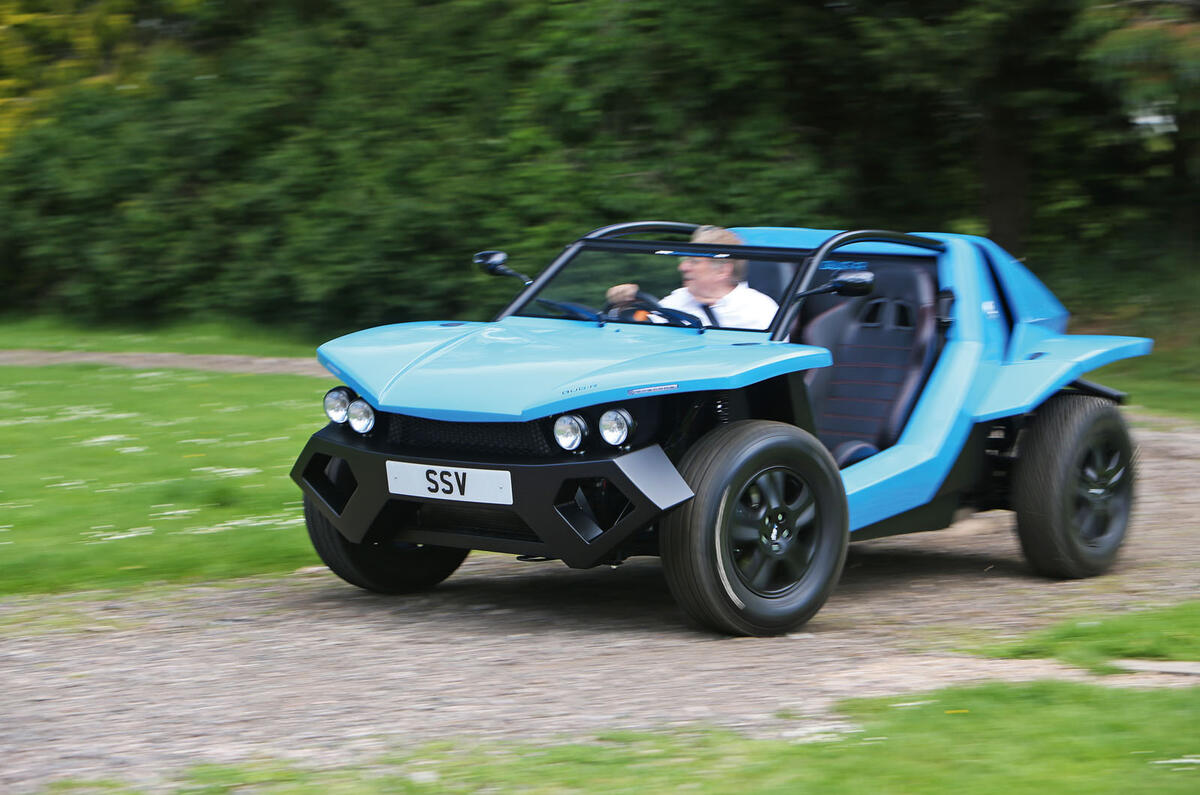
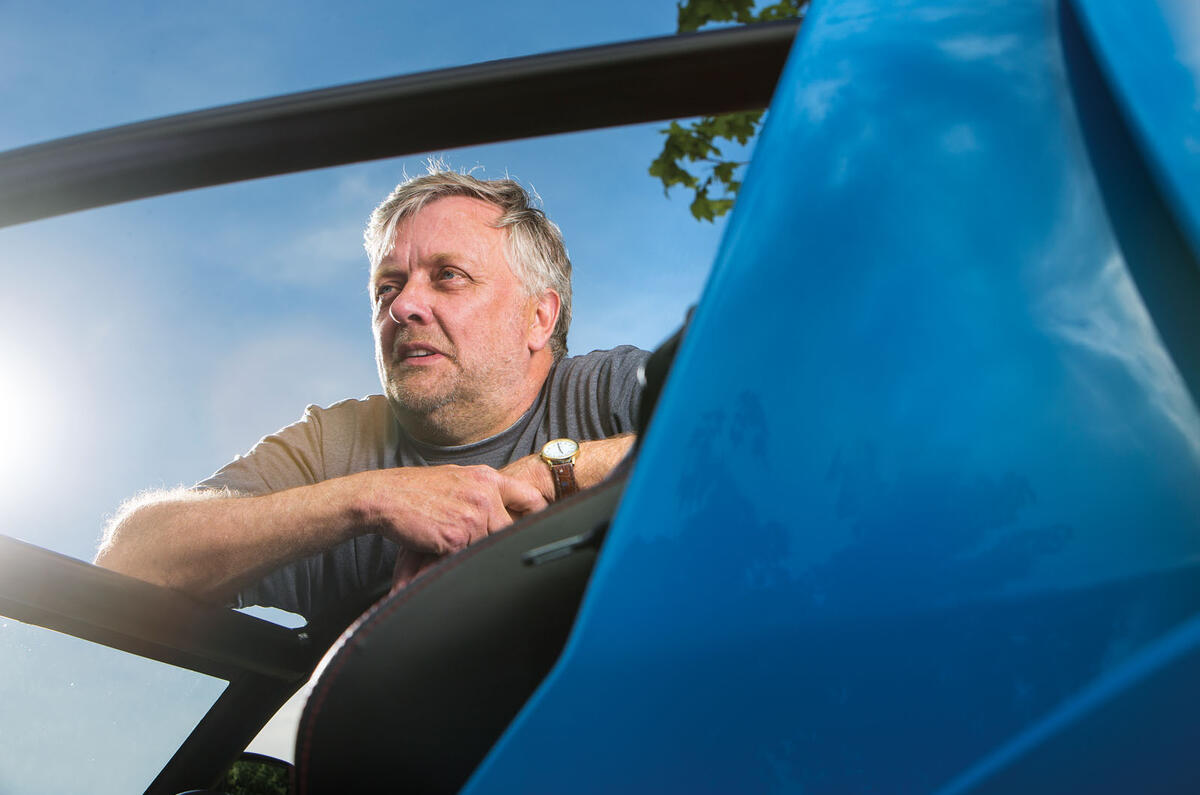

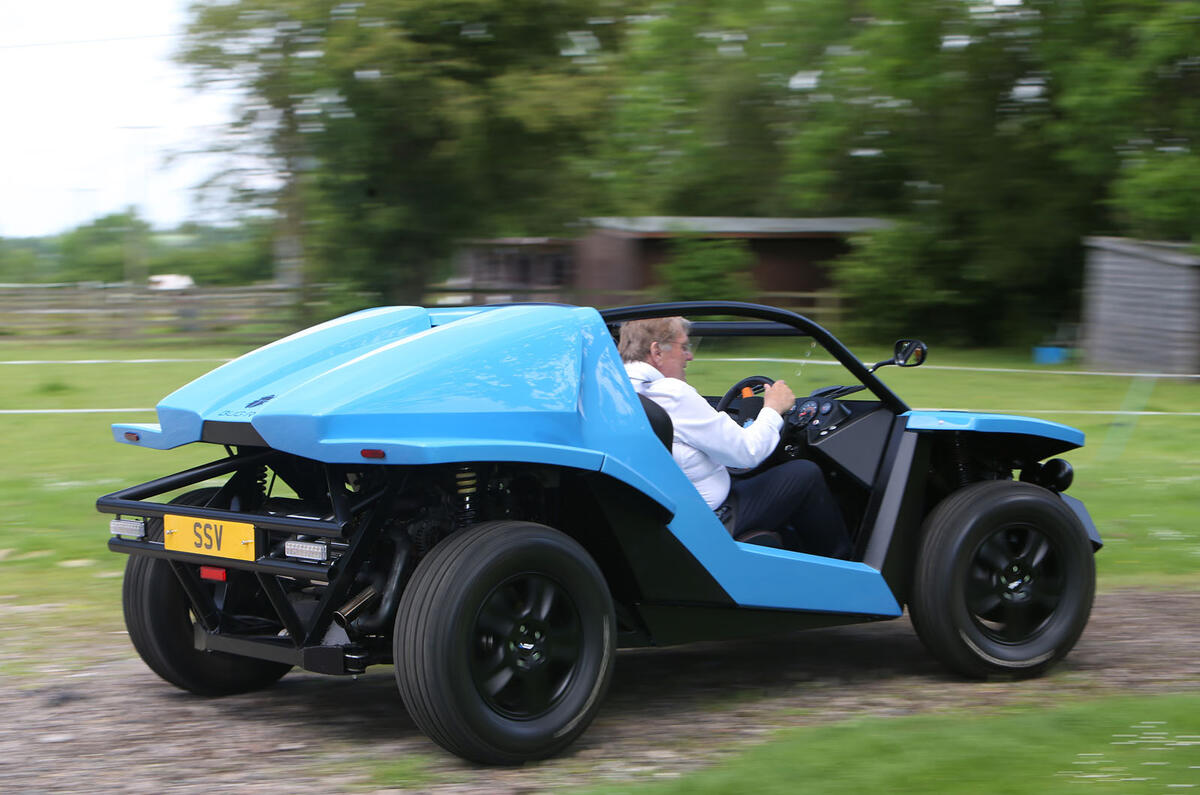
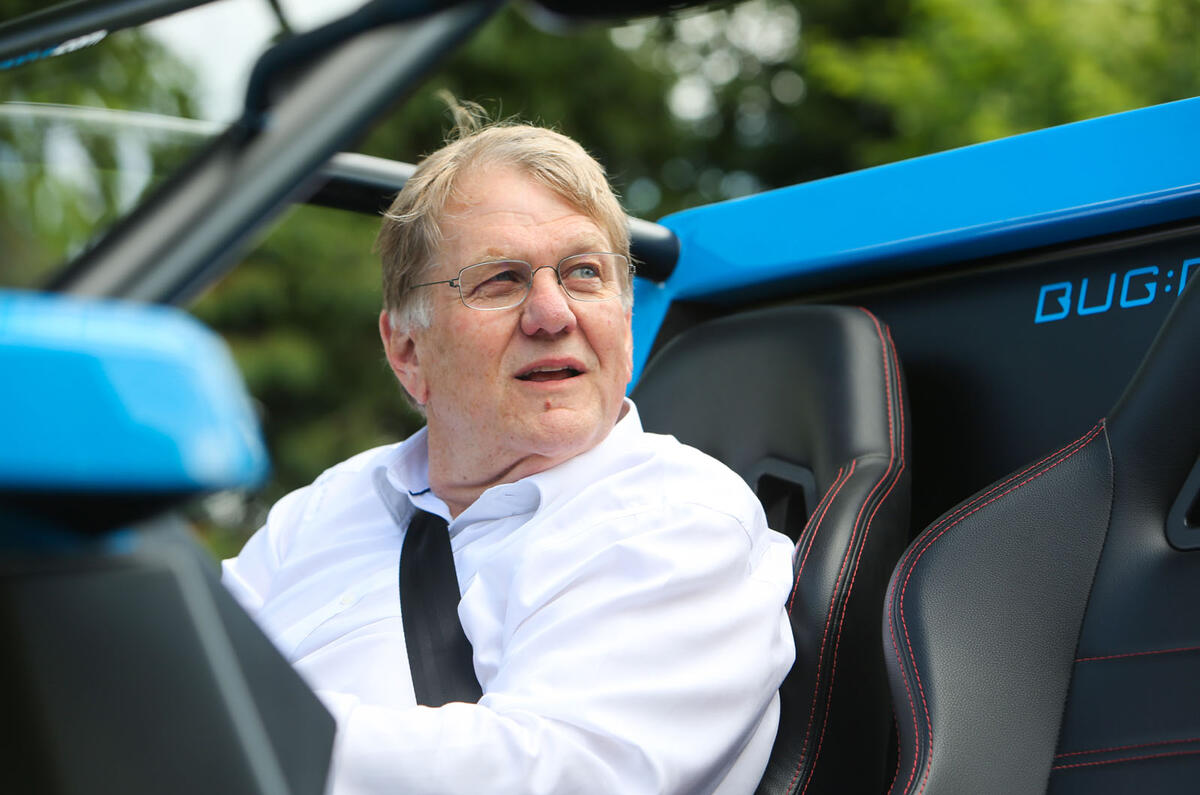
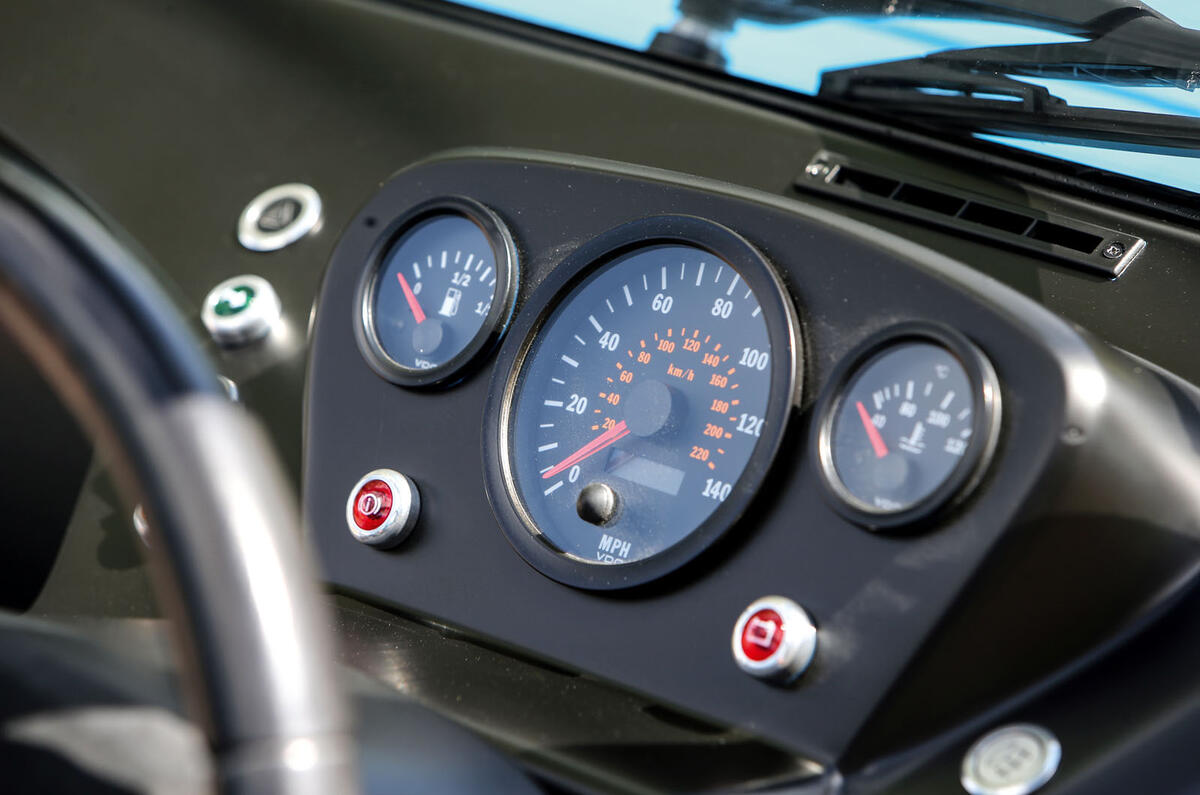
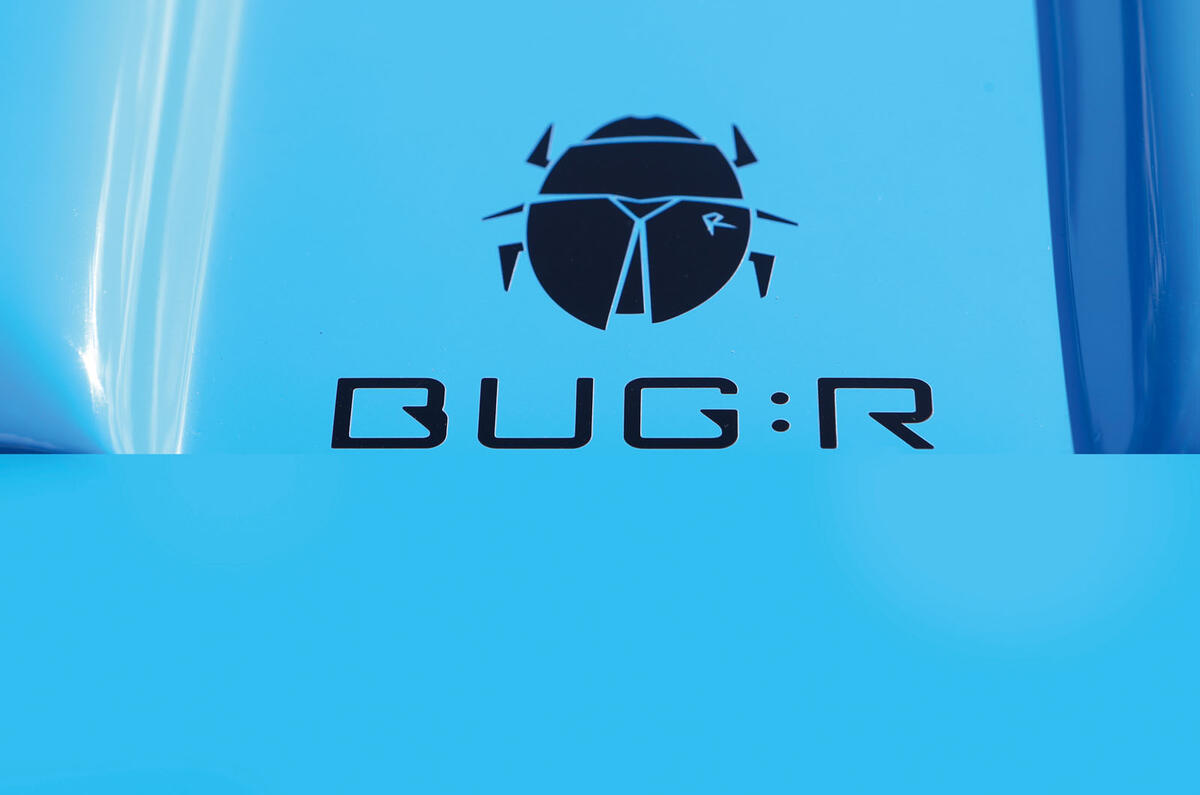
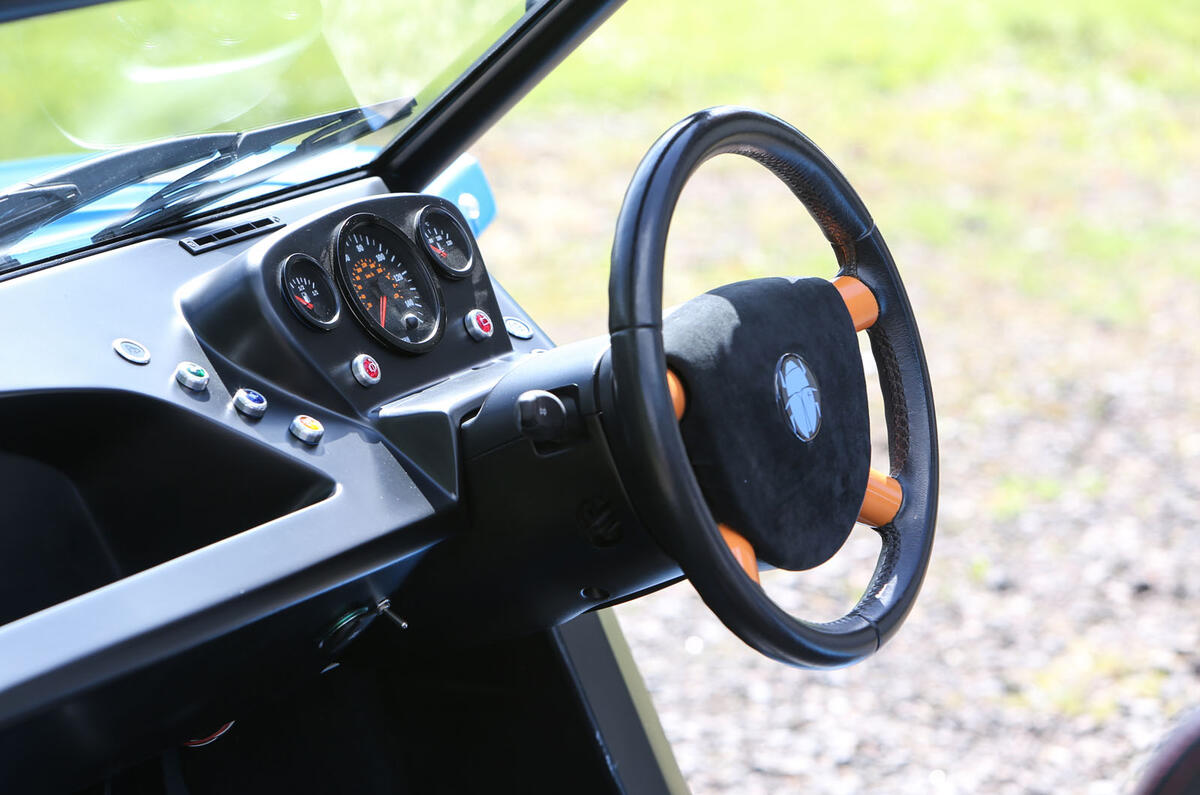


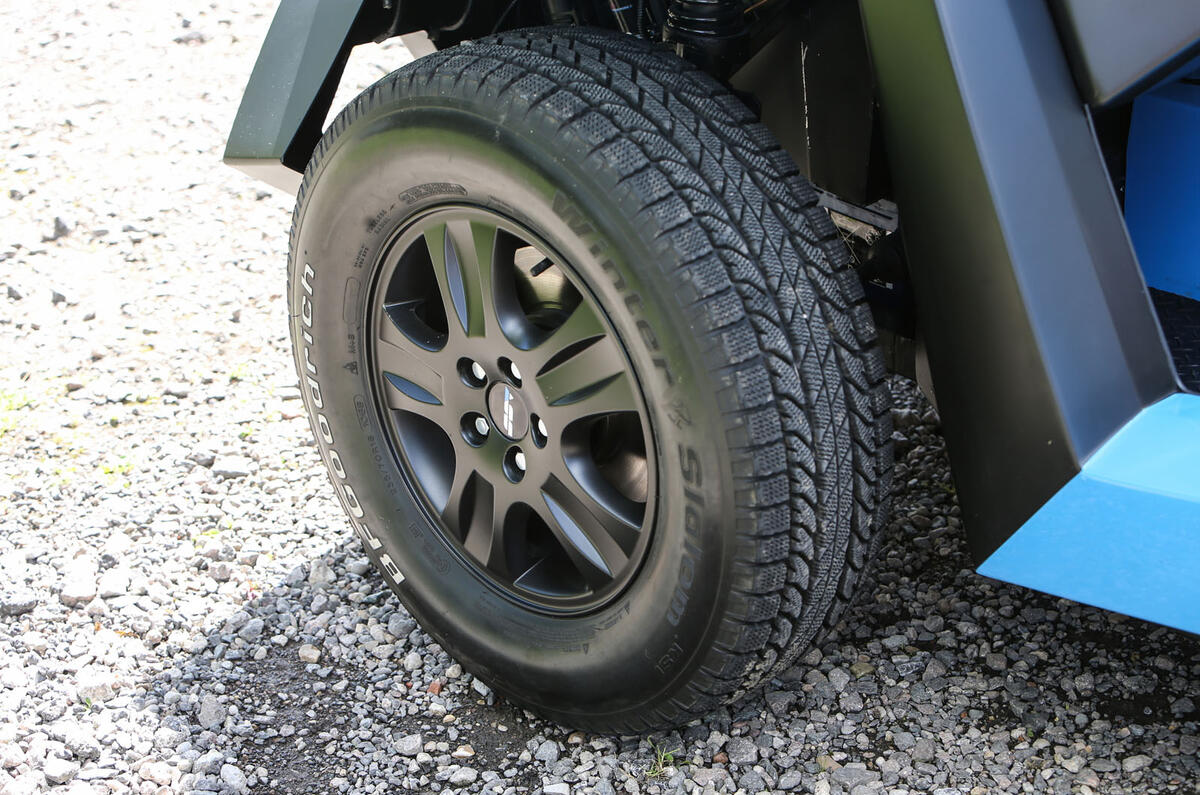
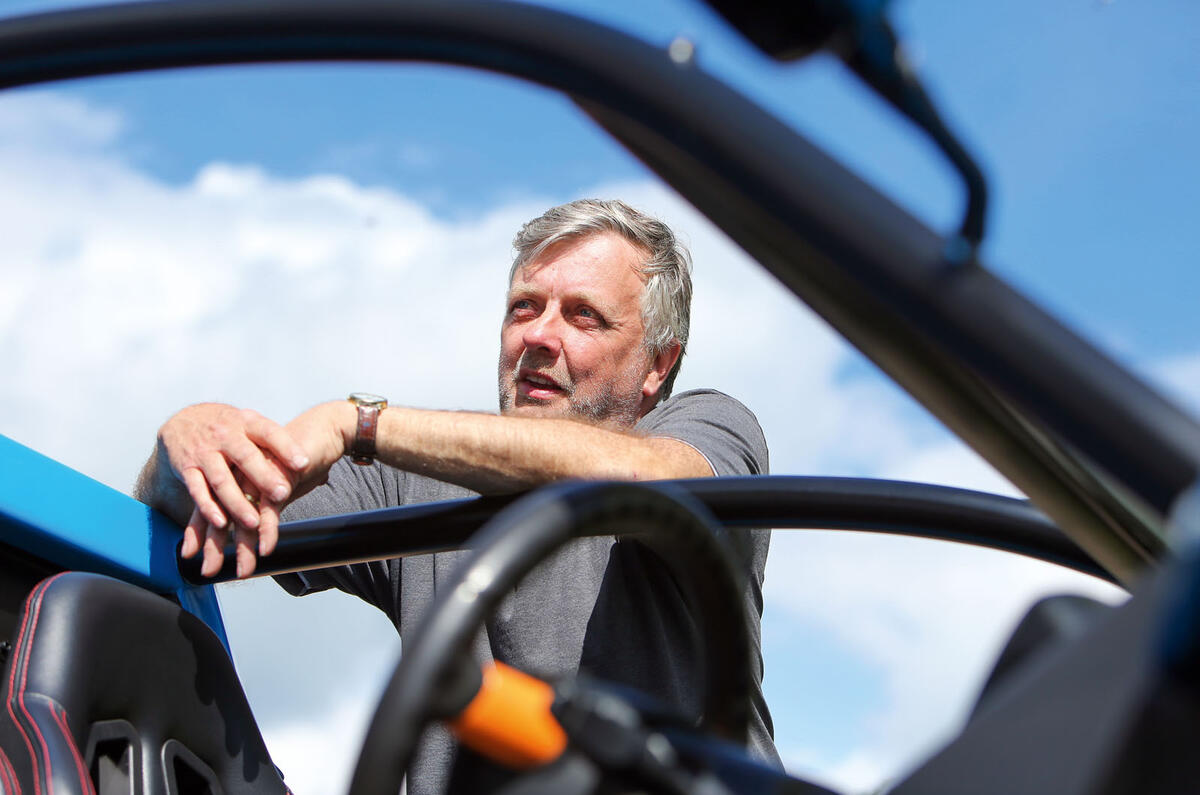
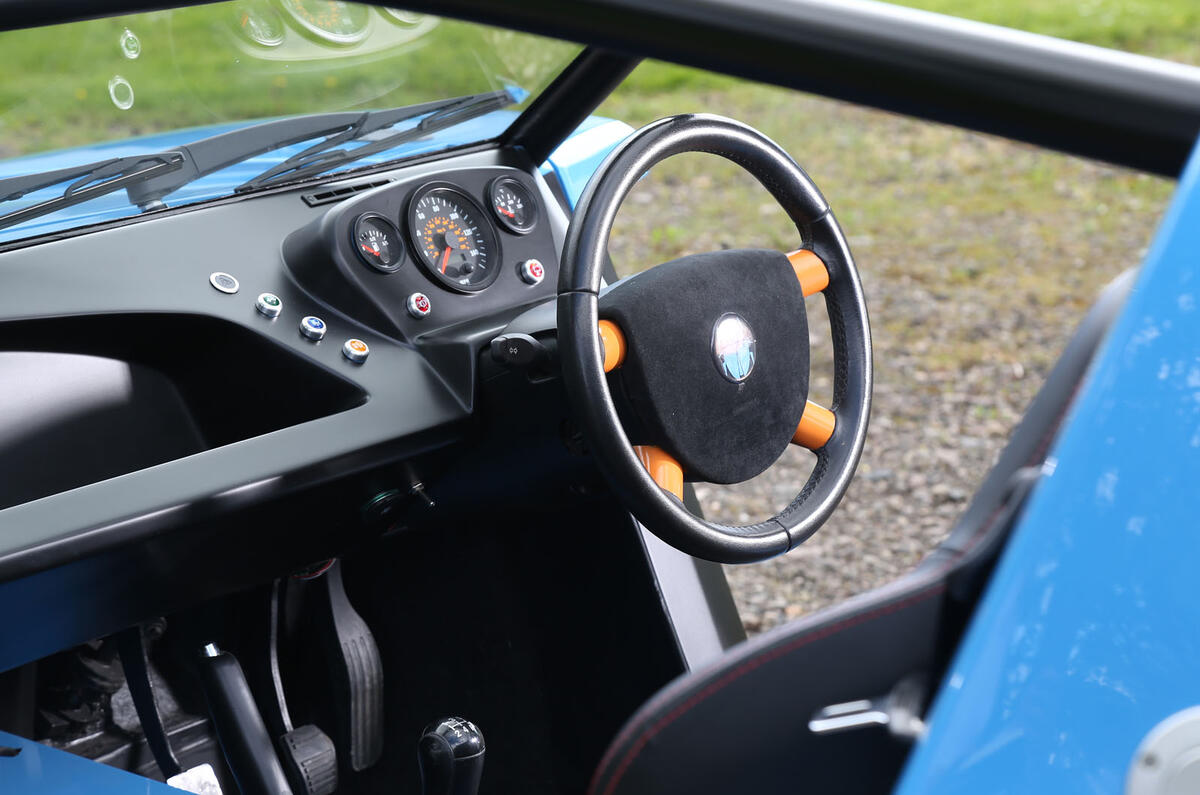
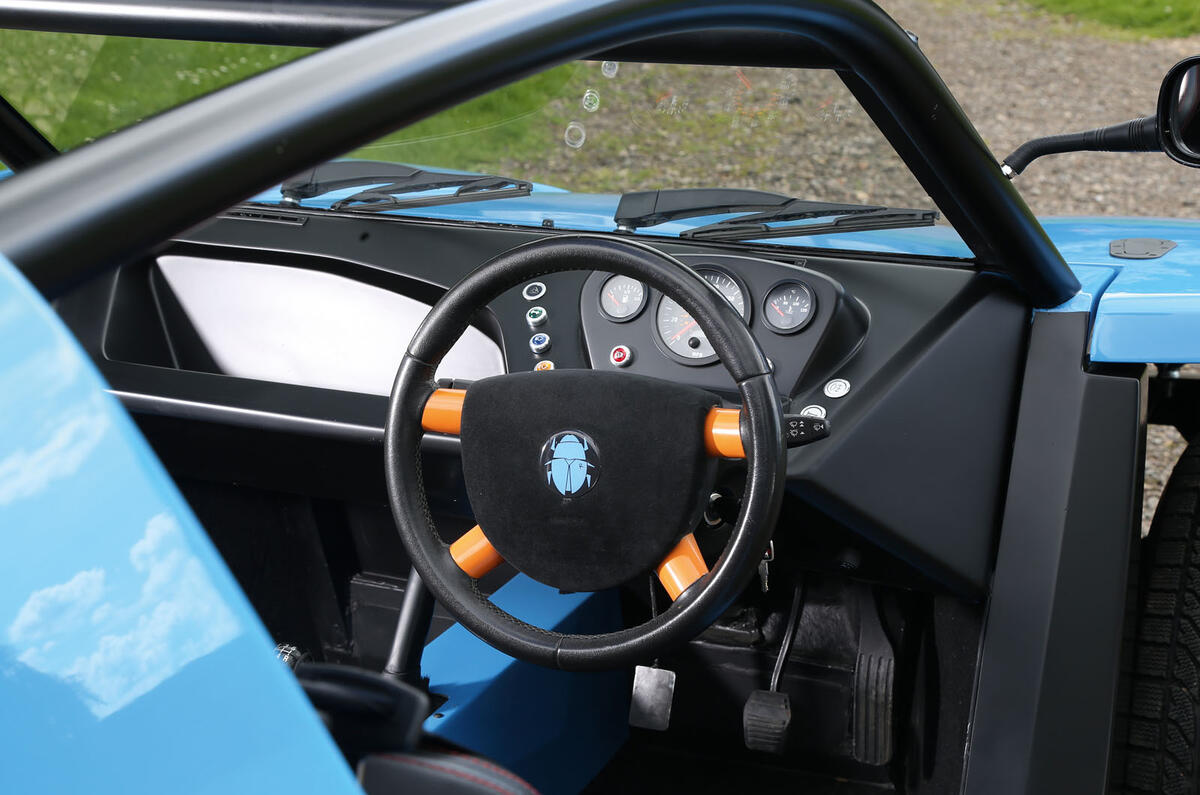
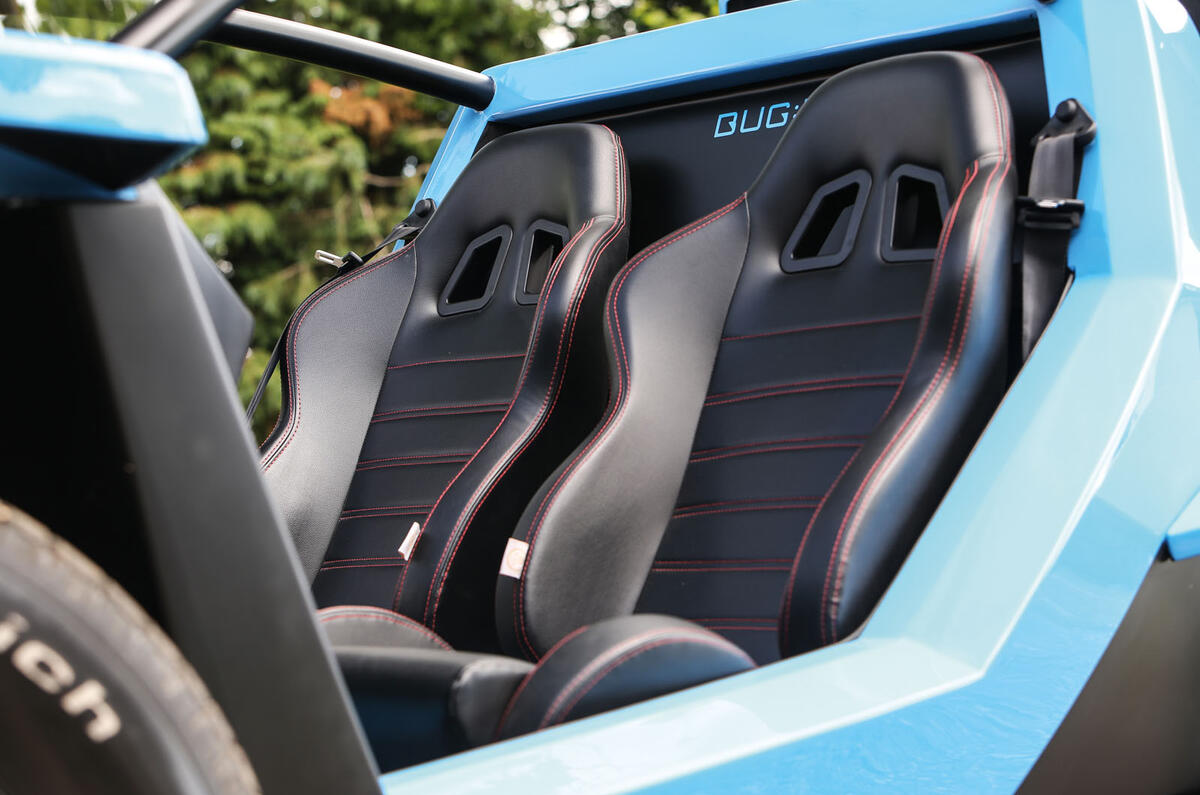
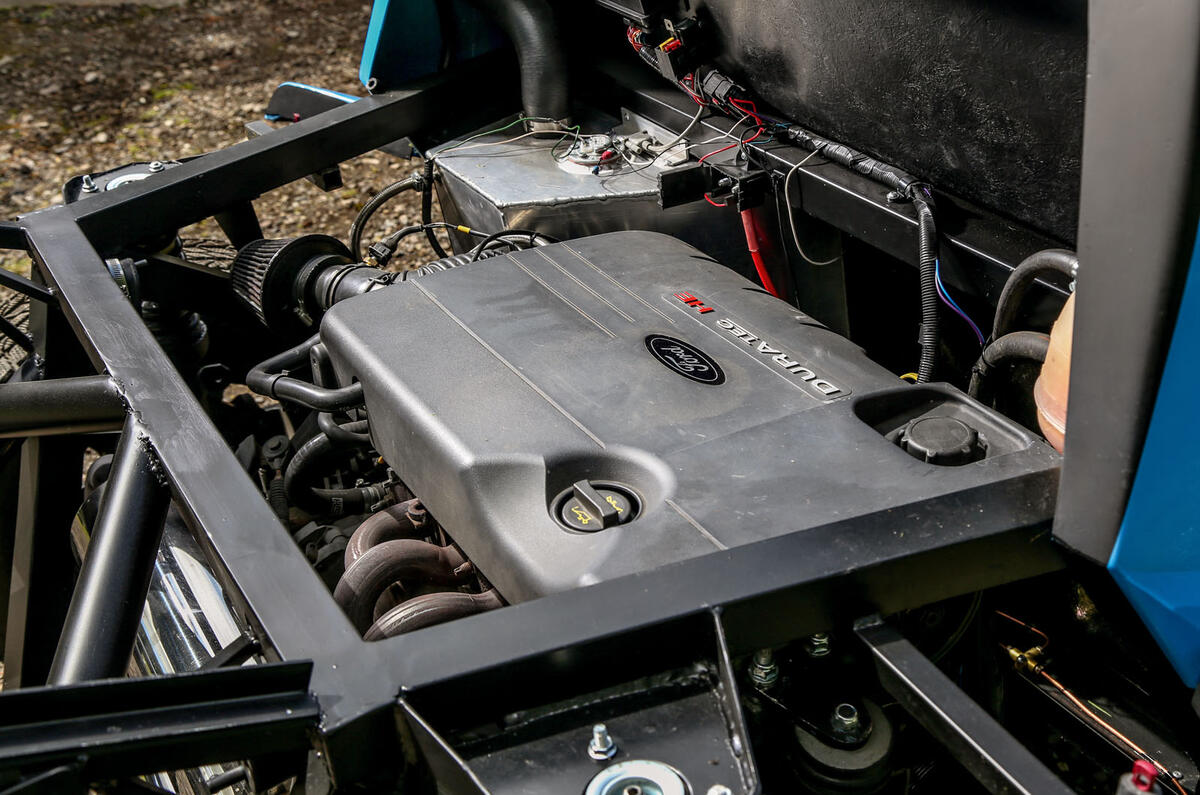



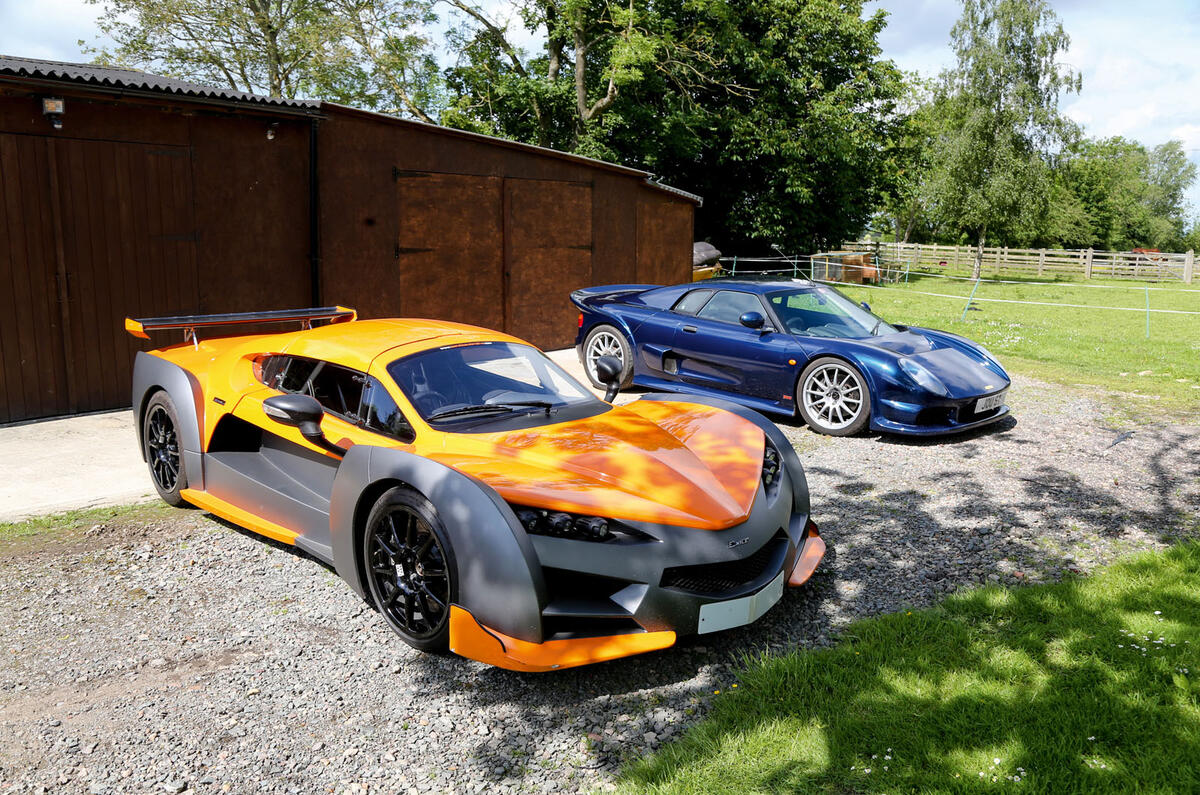
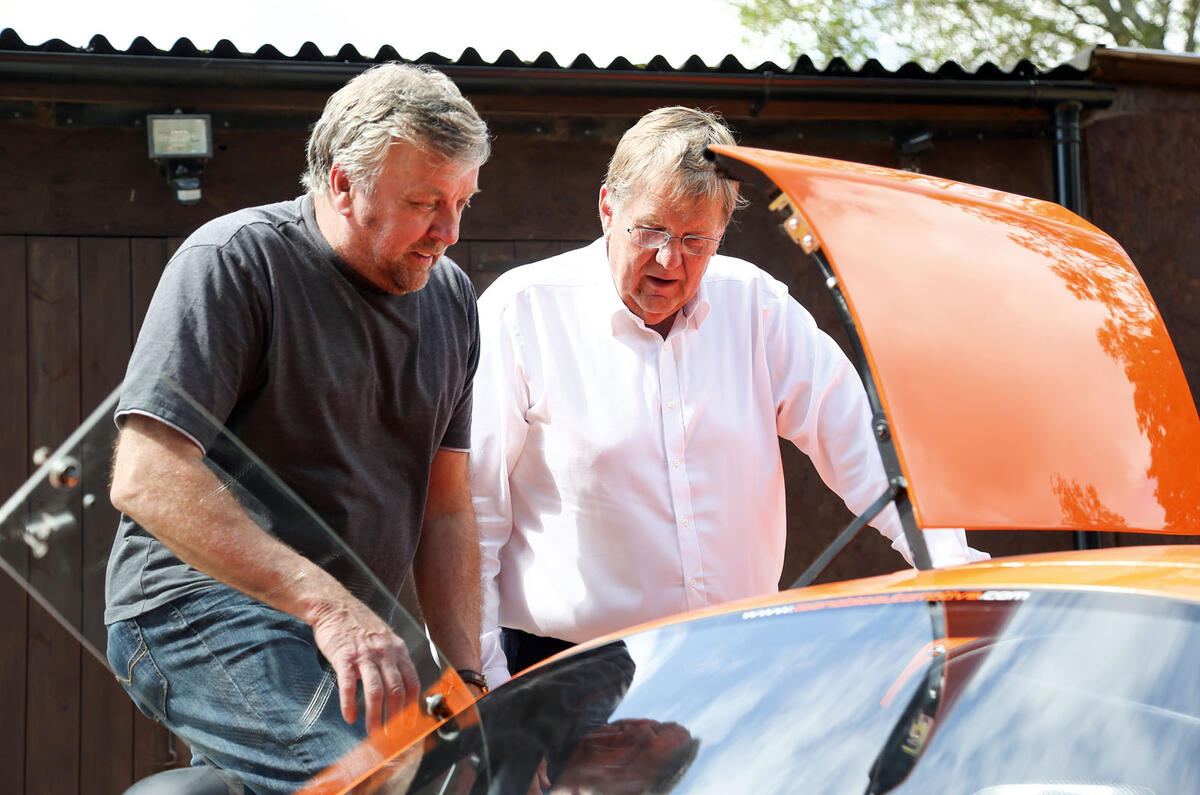
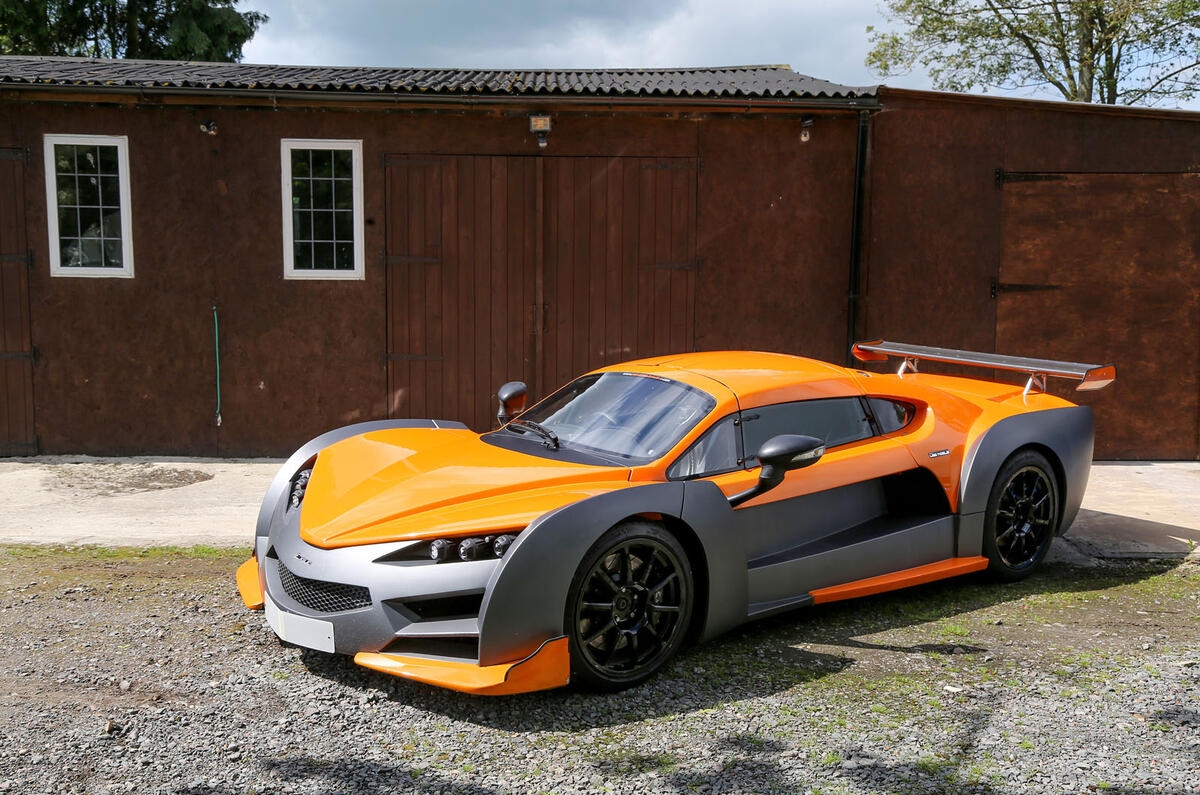
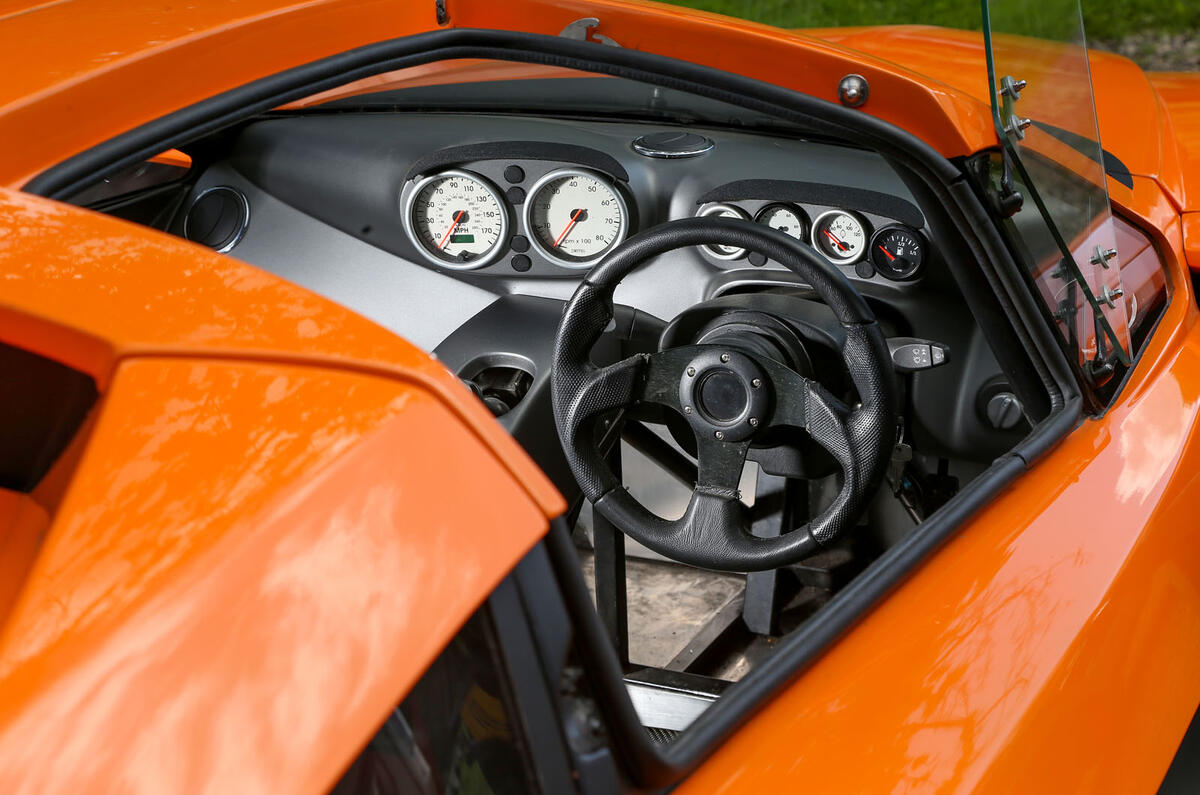
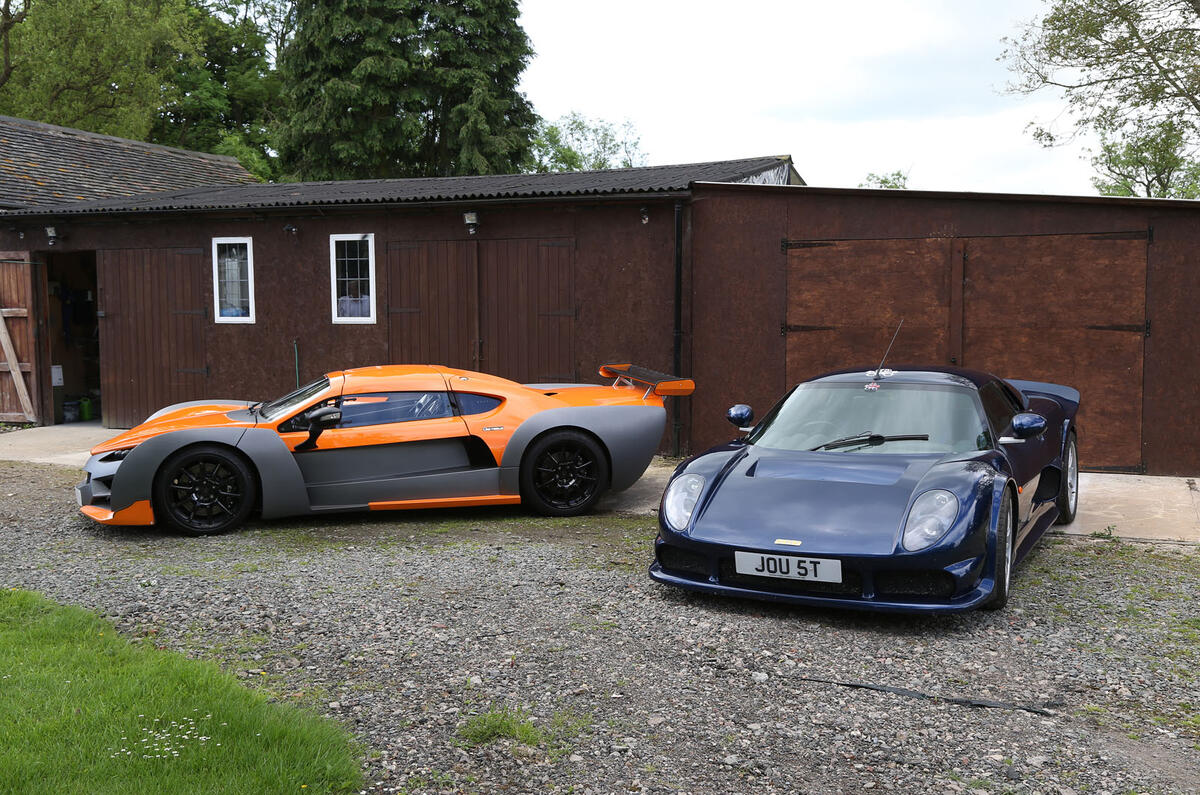
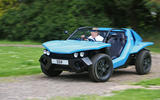

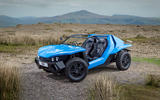
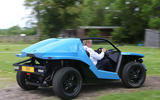
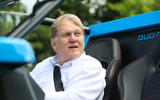
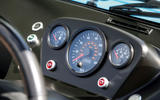

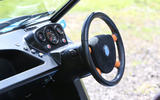
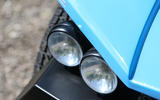
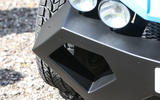
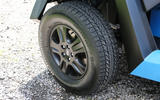

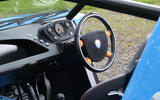
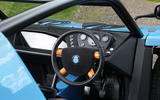
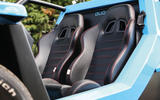
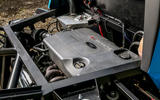
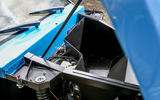
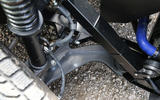
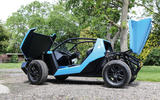
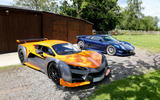
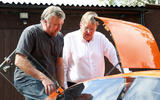

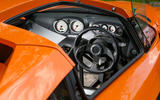
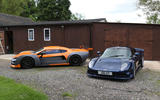


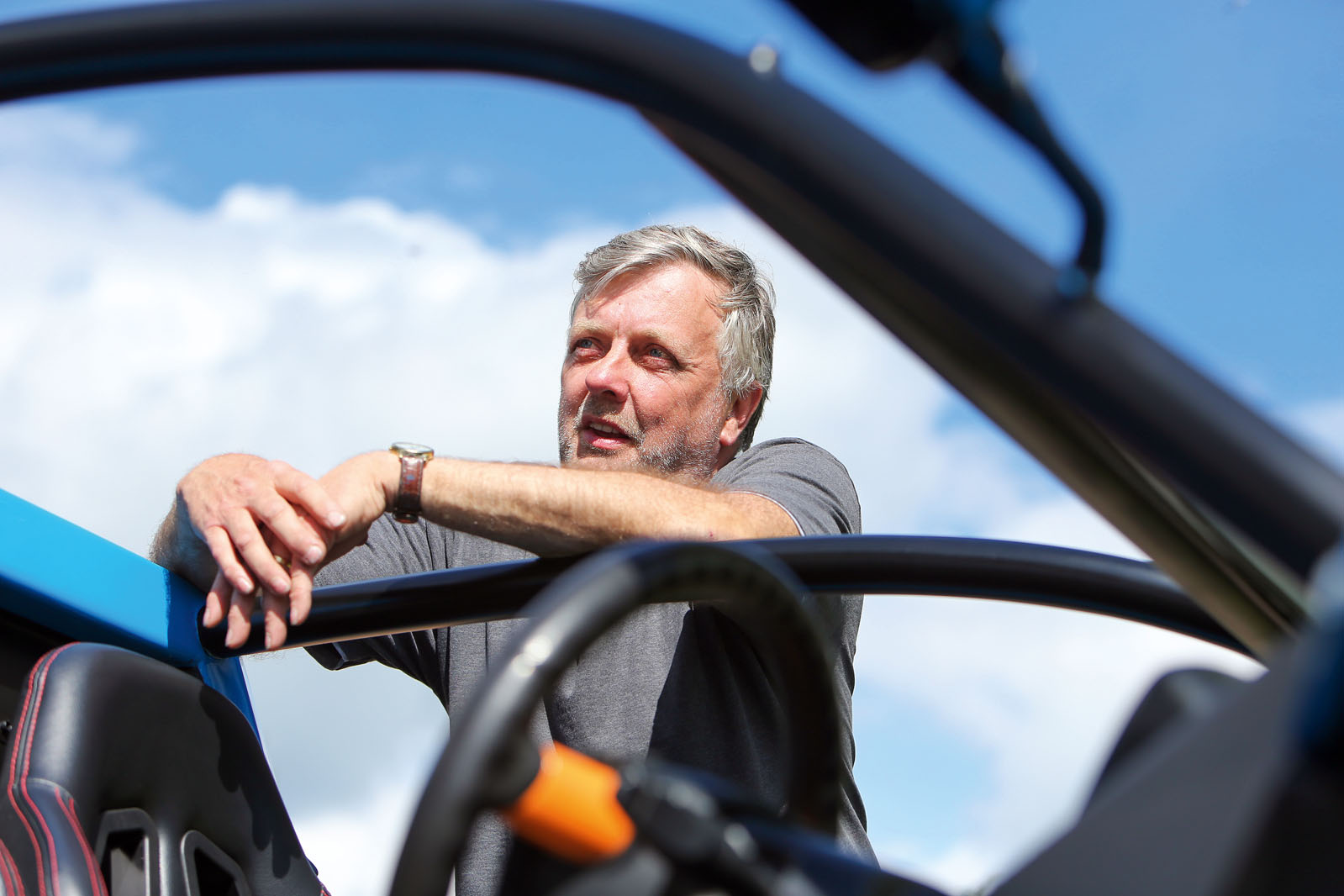





Join the debate
Add your comment
How much profit?
Love & Hate
I wish him luck, though, because he brings something different to the car world.
.
So its a Noble Bugger then. Hmm..